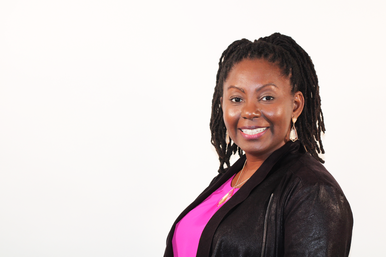 I believe it was Jen York-Barr that is credited with saying, "The person doing the talking is often the person doing the learning." It's one of my favorite quotes that point out the importance of allowing all students to talk and verbalize their thinking. What I love about teaching reading and writing is the way that listening and speaking bolsters each of these language domains. The four language domains are interconnected, reciprocal skills. Writing and speaking are both outputs, while reading and listening are inputs. The best reading and writing teachers are skilled facilitators who strategically plan meaningful interactions between students and content, students and peers, and students and themselves. These interactions are anchored in talk, structured with intentionality, and cultivated by formal or informal discussions about what students are reading, writing or learning. A general rule of thumb I offer when pondering teacher-student talk ratios is 10 to 2. For every 10 minutes of teacher talk, there should be at least 2 minutes of student talk. Skilled facilitators know it's imperative that learners are given time and space to share their thinking about the content they're learning. This allows educators to lean in and hear students express understanding or misconceptions related to the content. A few strategically planned discussion questions can help you discern who truly understands from who is truly lost. Please don't think that you can just plan some questions, head into your classroom tomorrow, and make your students talk to one another. Talking classrooms are not created overnight. Teachers have to create a dialogic learning community by establishing routines and expectations for accountable talk and modeling them. Most teachers use accountable talk sentence stems to provide students with options for respectable conversations. These sentence stems serve as scaffolds for all students, especially our second language learners. Model how to use the stems by having fishbowl conversations, where you and another student or a group of students demonstrate how a conversation can go. This will allow opportunities for you to highlight "dos and don'ts." I suggest starting with casual, non-threatening questions, before rolling out content-specific discussion questions. We tend to talk more when discussing topics we are most familiar with, especially if it's about our likes and dislikes. Before discussing an inference from the text using text evidence, you can talk about what you like or dislike about the text, whether you agree or disagree with the author or a character's actions, etc. Here are a few of my favorite discussion strategies:
Share your favorite ways to get your students talking in the comments.
0 Comments
|
AuthorMalene Golding has been a professional educator for over twenty years, teaching, coaching, and managing reading and writing teachers, as well as administrators and specialists. Archives
July 2024
Categories |

 RSS Feed
RSS Feed
